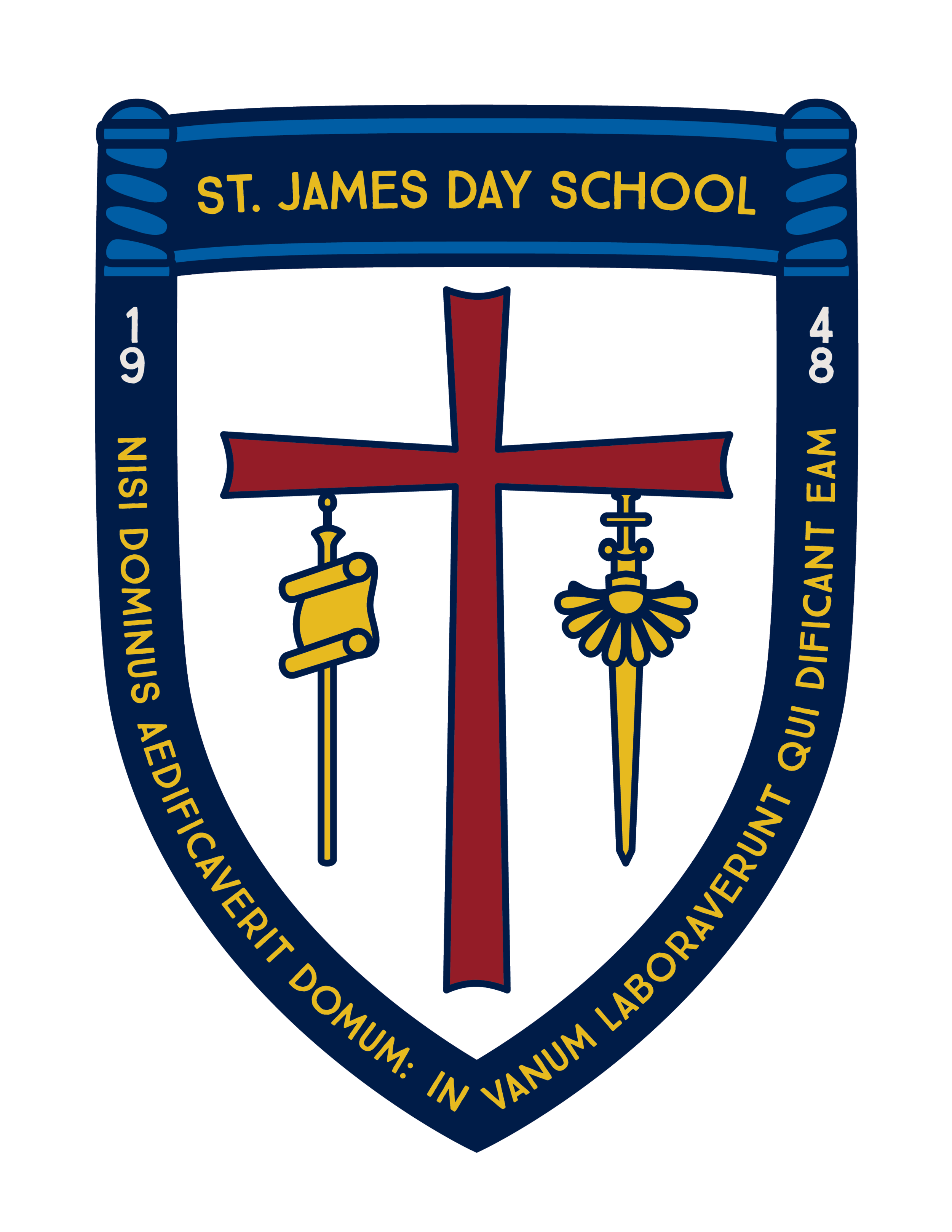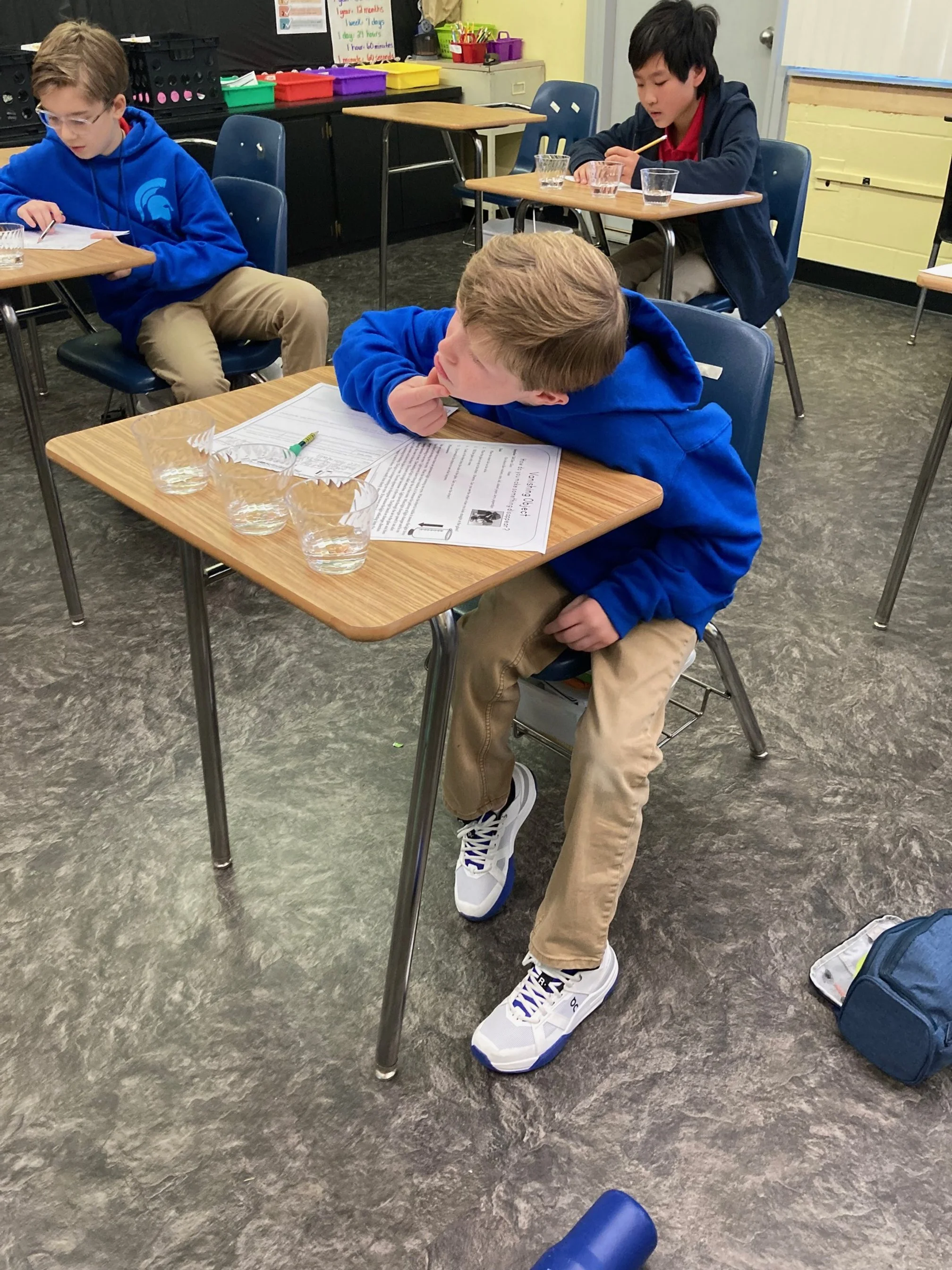pro·gres·sive din·ner
/prəˈɡresiv,prōˈɡresiv ˈdinər/
noun
a social occasion at which the different courses of a meal are eaten at different people’s houses.
A progressive dinner is a unique dining experience where each course of the meal is enjoyed at a different location, creating a fun, interactive, and social atmosphere. Instead of sitting down to one meal at a single restaurant or home, guests travel from place to place—perhaps starting with appetizers at one venue, moving to another for the main course, and finishing with dessert at a third. This dining style adds an element of exploration and variety, allowing people to enjoy different environments, cuisines, or settings throughout the evening. It’s perfect for making an ordinary dinner into an exciting adventure!








































